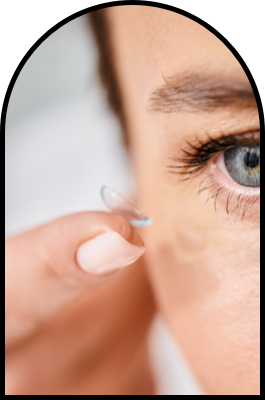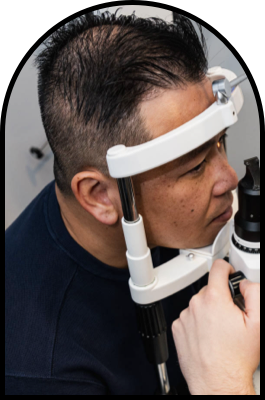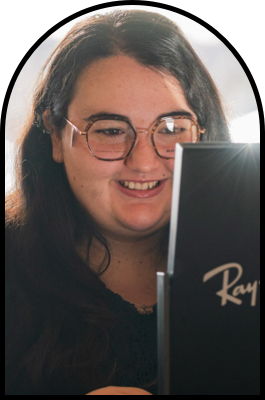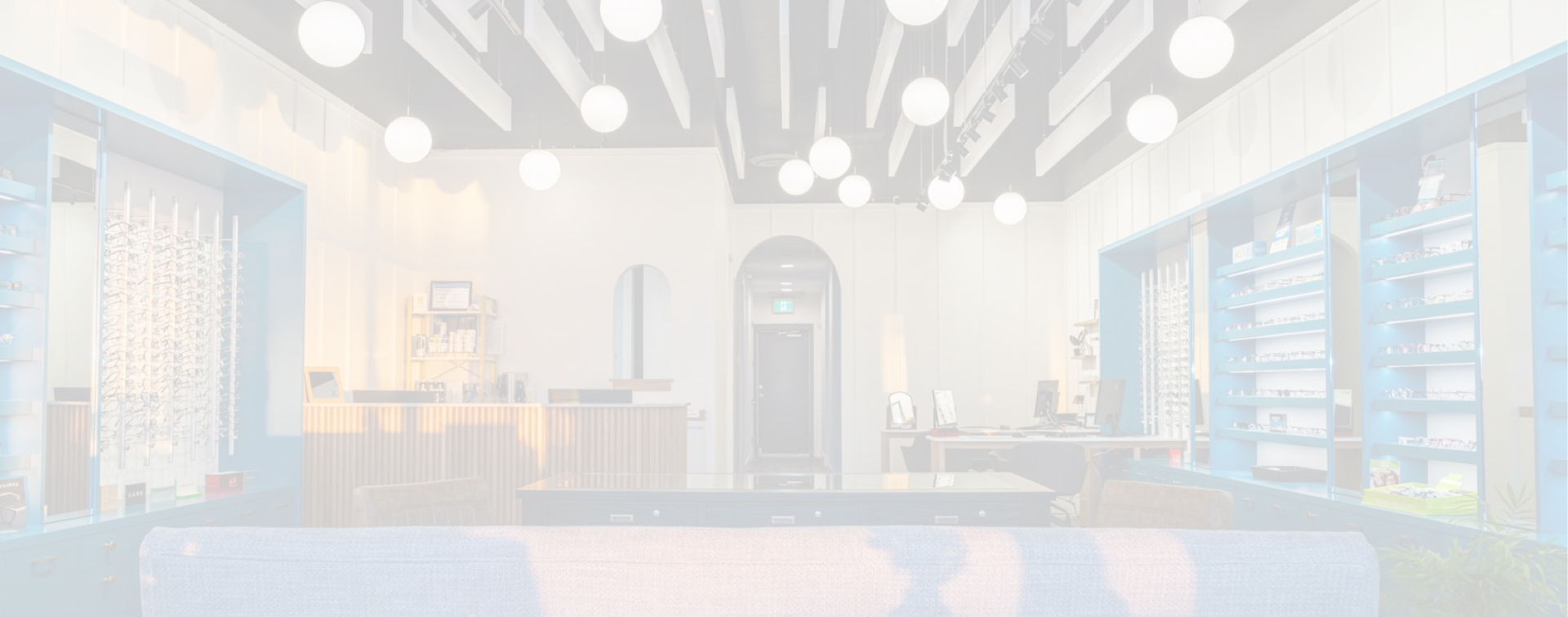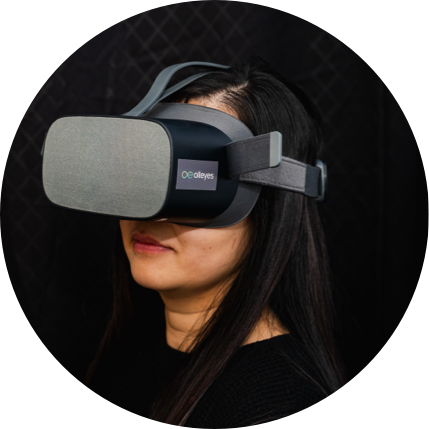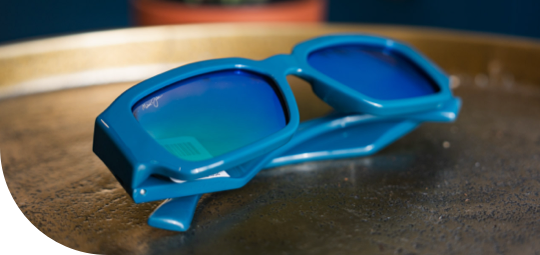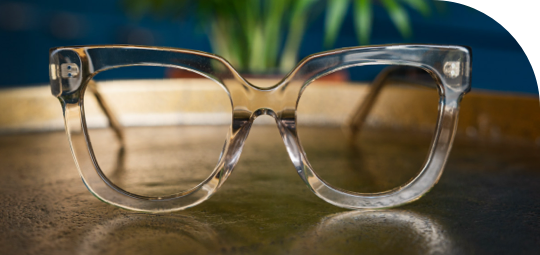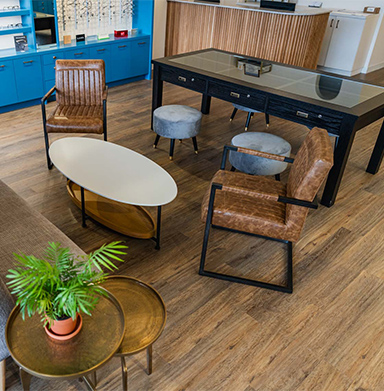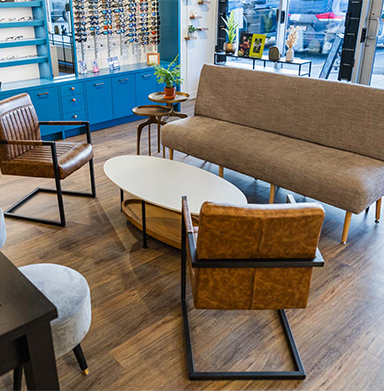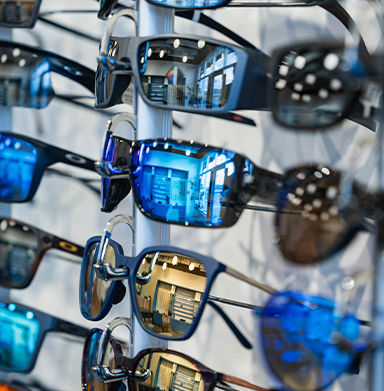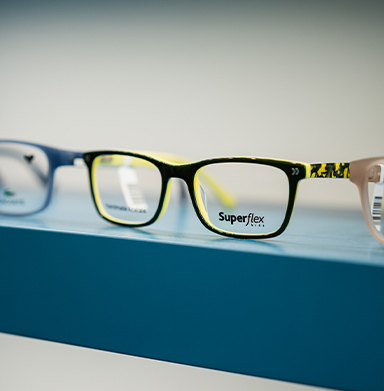Clear vision is an important part of daily life, yet many people struggle with seeing objects at a distance, up close, or even at all distances. Myopia and astigmatism are two of the most common conditions that cause these effects, distorting vision and often leading to discomfort and frustration. Myopia causes difficulty seeing faraway objects, while astigmatism can cause blurry or distorted vision at all distances.
Understanding these conditions, how they impact your eyes, and what can be done to correct them is key to protecting long-term vision and comfort.
What Are Myopia & Astigmatism?
Both myopia and astigmatism are types of refractive errors. This means the shape of the eye prevents light from focusing directly on the retina, which is essential for clear vision. Although they affect vision in different ways, they can also occur at the same time, making diagnosis and proper treatment essential.
Myopia (Nearsightedness)
Myopia occurs when the eye is too long or the cornea is too curved. This causes light to focus in front of the retina, making distant objects appear blurry while nearby items remain clear. Myopia typically develops in childhood and can progress through adolescence.
Common signs and symptoms of myopia include:
- Difficulty seeing road signs or a chalkboard in school
- Frequent squinting or eye strain
- Headaches after trying to focus at a distance
- Needing to sit close to the television or at the front of the class
- Difficulty seeing clearly at night
Astigmatism
Astigmatism happens when the cornea or lens has an irregular shape. Often, instead of being perfectly round, the eye is shaped more like a football, which causes light to focus on more than one point in the eye. This can lead to blurry or distorted vision at any distance.
Common symptoms of astigmatism include:
- Blurry or wavy vision at both near and far distances
- Eye discomfort or strain during reading or computer use
- Headaches due to uncorrected vision
- Squinting in an attempt to see more clearly
- Light sensitivity or glare
- Regular changes in eyeglass prescriptions
How Are These Conditions Treated?
There isn’t a single best option for treating myopia and astigmatism. The right approach depends on your vision needs and overall eye health. We can help assess your condition and recommend the most suitable treatment plan.
Glasses
Prescription glasses are one of the most common and accessible solutions for both conditions. Lenses are designed specifically to adjust the way light enters your eyes, allowing it to focus properly on the retina. They are easy to use and come in a wide range of styles to suit your personality and lifestyle. For children, myopia control glasses help slow the progression of myopia.
Contact Lenses
Contact lenses provide a broader field of vision and can be ideal for people with active lifestyles. There are many lens options available, including toric lenses for astigmatism and specialty lenses for high prescriptions. Proper lens hygiene and care are essential for comfort and eye health.
Refractive Surgery
Laser vision correction can be an effective long-term solution for adults looking to reduce their dependence on glasses or contacts. Two common types of laser surgery are:
- LASIK: A quick procedure that reshapes the cornea to correct refractive errors. Most people experience significantly improved vision shortly after surgery.
- PRK: Ideal for those with thinner corneas, PRK removes the outer layer of the cornea before reshaping it with a laser. Recovery takes a bit longer than LASIK, but the procedure offers similar results.
Orthokeratology (Ortho-k)
Ortho-k is a non-surgical option that involves wearing specially designed rigid contact lenses overnight. These lenses gently reshape the cornea while you sleep, providing clear vision during the day without needing glasses or contact lenses. Ortho-k is also used in myopia management for children to slow progression.
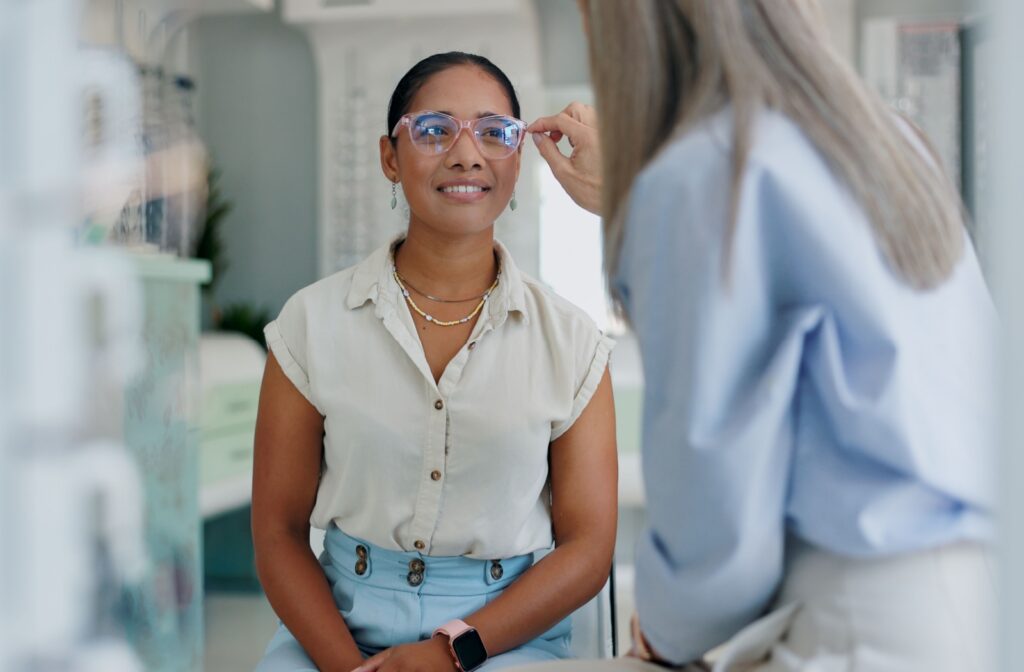
Why Early Detection Matters
Detecting myopia and astigmatism early is important for managing symptoms, preventing progression, and protecting eye health over the long term. Vision that goes uncorrected can lead to difficulties in school, at work, or during everyday tasks, affecting quality of life and increasing the risk of future eye complications.
For example, severe myopia (high myopia) increases the risk of serious eye conditions like glaucoma, cataracts, and retinal detachment. Regular eye exams can help catch these issues before they develop or progress.
Tips for Maintaining Good Eye Health
Supporting your vision goes beyond wearing glasses or contacts. Here are a few simple habits to keep your eyes healthy:
- Schedule regular eye exams: Adults should have a comprehensive eye exam every 1–2 years, depending on age and risk factors. Children should be checked more frequently during growth years.
- Protect your eyes from UV light: Wear sunglasses that block 100% of UVA and UVB rays when outdoors.
- Use proper lighting: Whether you are reading, working, or watching television, ensure your environment has adequate lighting to reduce eye strain.
- Take screen breaks: Follow the 20-20-20 rule—every 20 minutes, look at something 20 feet away for 20 seconds—to help reduce digital eye strain.
- Stay hydrated and eat a balanced diet: Nutrients like vitamin A, lutein, and omega-3 fatty acids support long-term eye health.
Take the Next Step
Whether you are concerned about blurry vision, frequent headaches, or are simply due for an eye exam, understanding conditions like myopia and astigmatism is an important part of protecting your sight. With early diagnosis and the right treatment plan, you can enjoy clearer vision and improved comfort every day. The team at Chestermere Optometry is here to help. Contact us today to schedule a comprehensive eye exam and explore your options for correcting and managing myopia or astigmatism. Your vision deserves expert care.




